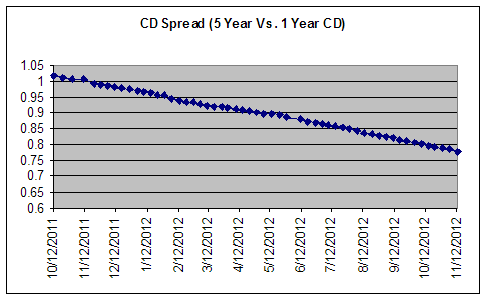 Sovereign Bank is offering a rich deal to those who are interested in opening their Premier Checking and Money Market Savings Accounts. They'll give you $150 and guarantee 1.5% APY for three months.
Sovereign Bank is offering a rich deal to those who are interested in opening their Premier Checking and Money Market Savings Accounts. They'll give you $150 and guarantee 1.5% APY for three months.
The deal is available to residents of the following states: ME, VT, NH, CT, RI, MA, NY, NJ, PA, MV, MD, DE, and District of Columbia.
In order to qualify for the $150 you must do the following:
- open a new Sovereign Premier Checking, Business Owner Premier Checking, Interest Checking, or Partnership Checking account by March 13, 2010, with a minimum opening deposit of $100;
- open a Premier Money Market Savings account or any Sovereign savings or money market savings account with a minimum opening deposit of $100 or already have a savings or money market savings account;
- enroll in Online Banking at account opening; (4) set up and receive one direct deposit within 60 days of opening your account;
- request a Sovereign Debit Card ("Debit Card") and make 5 Debit Card purchases within 60 days after you open your account.
In order to qualify for the 1.50% APY bonus rate, you must open a new Premier Checking account and open a new Premier Money Market Savings account by March 13, 2010. The bonus rate will apply for each day your balance is $10,000 to $499,999 and is guaranteed for 3 months from the date you open your account. If you have below $10,000 in the accounts, the rate goes down to .55% APY.
1.5% APY is competitive with some of the other best money market and savings account rates according to the BestCashCow rate tables.
Note that the Premier Checking/Money Market Savings has a combined minimum balance of $15,000 to avoid a $30 monthly fee. This is the Cadillac of Sovereign accounts and while the bonus is hefty, you'll need to keep a good amount of money in the account to make it worthwhile.
The cash if paid out within 75 days after opening the account, and it doesn't say that the account must stay open.
For more on this offer, click here.

